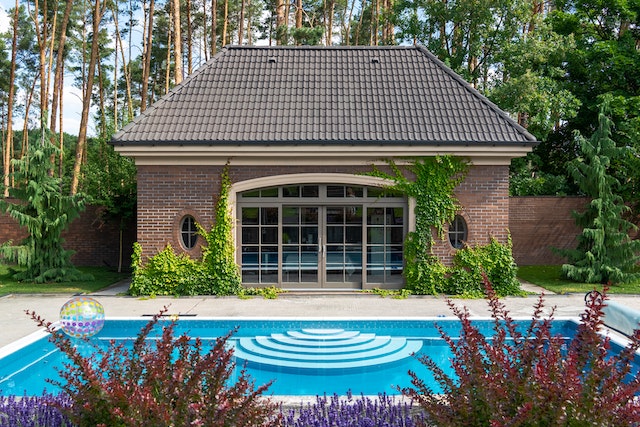A garden shed is not just a place to store your tools and equipment; it is an essential part of your backyard landscape. Choosing the perfect shed can be daunting, with many options available. This step-by-step guide will help you navigate the process and find the ideal garden shed.
Step 1: Assess Your Needs and Preferences
List Your Requirements
Before diving into the world of garden sheds, take a moment to consider your needs. List the items you want to store, such as gardening tools, lawnmowers, bicycles, and outdoor furniture. Determine the size, layout, and any additional features you may require, such as a workbench or storage shelves.
Consider Your Garden Style
Think about the style of your garden and how the shed will blend in. Whether you have a modern or traditional garden, you want your shed to complement its surroundings. Consider materials and colours that will match your garden’s aesthetic.
Step 2: Determine the Ideal Size and Location
Shed Size
Based on your list of requirements, determine the size of the shed. Remember that having a slightly larger shed is better than one too small. Consider future needs, as your storage requirements may change over time.
Shed Location
Find the perfect spot for your garden shed. Look for a level, a well-drained area that is easily accessible. Ensure the location has enough clearance for doors and windows to open comfortably. Consider local building regulations and guidelines, which may dictate the required distance from property lines and other structures.
Step 3: Choose the Right Materials
Wooden Sheds
Wooden sheds offer a traditional, rustic look and are often customizable. However, they require regular maintenance, such as painting or staining, to protect the wood from rot and insects.
Metal Sheds
Metal sheds are durable, low-maintenance, and often more affordable than wooden ones. They are resistant to rot, insects, and fire, but they can be prone to rust and may not be as customizable in appearance.
Plastic Sheds
Plastic sheds are lightweight, easy to assemble and require minimal maintenance. They are resistant to rot, insects, and rust but may not be as durable as wooden or metal sheds, especially in extreme weather conditions.
Step 4: Consider Shed Styles and Features
Shed Styles
Several shed styles include apex, pent, lean-to, and corner sheds. Each style has advantages and disadvantages, so take the time to research and find the one that best suits your needs and preferences.
Shed Features
Consider the features you want in your garden shed, such as windows, skylights, vents, and double doors. Also, consider security features like locks and reinforced doors to protect your valuable items.
Step 5: Plan for Assembly and Maintenance
Assembly Options
You can choose between a pre-built shed, a DIY kit, or hiring a professional to construct your shed. Pre-built sheds are convenient but may be more expensive. DIY kits are affordable but require some construction skills. Hiring a professional ensures quality work but can also be costly.
Maintenance Plan
Create a maintenance plan to keep your shed in top condition. For wooden sheds, this may involve regular painting or staining. Metal sheds may need periodic rust treatment, while plastic sheds require little maintenance and occasional cleaning.
Step 6: Budget and Purchase
Determine your budget for the garden shed, considering the materials, assembly, and ongoing maintenance costs. It’s important to strike a balance between quality and affordability. Remember that investing in a well-built, durable shed from websites such as https://www.steelchief.com.au/ may save you money in the long run by reducing maintenance costs and extending its lifespan.
Conclusion
Choosing the perfect garden shed for your backyard can be a rewarding and exciting experience. By taking the time to assess your needs, determine the ideal size and location, select the right materials, consider shed styles and features, plan for assembly and maintenance, and set a budget, you’ll be well on your way to creating a functional and attractive addition to your outdoor space. You’ll enjoy a more organised and efficient backyard for years with the right garden shed.

